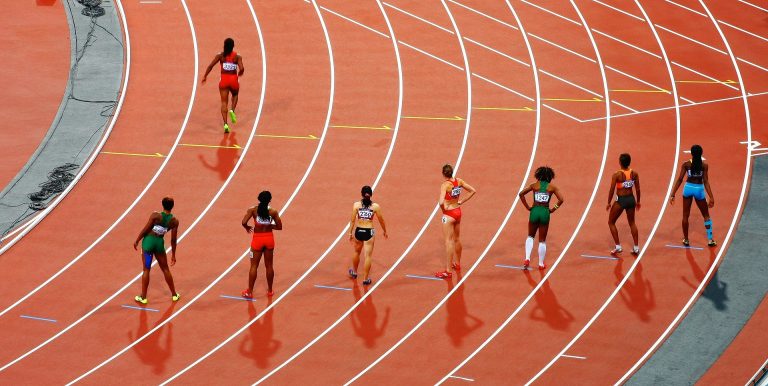The 2020 Olympic Games held in Tokyo this year stood out from its predecessors in a number of ways. Apart from athletes not competing due to Coronavirus Disease 2019 (COVID-19) stipulations and the absence of crowds, this was the first chapter of the Olympics that featured transgender athletes openly competing in the games.
However, the International Olympic Committee (IOC) recently admitted that its current guidelines regarding transgender athletes are flawed in light of the latest scientific findings. As such, the IOC will be revising the rules for transgender athletes participating in the games.
The originally established rules from 2015 state that a biological male who wishes to compete as a transgender woman needs to have a measured testosterone level of 10 nanomoles per liter for a period of at least one year prior to the tournament.
The IOC has now decided to revise the rules based on new findings that 10 nanomoles per liter would still be at least twice the appropriate level. An average natural-born woman has testosterone levels of only around five nanomoles per liter.
During a meeting, IOC medical and scientific director Richard Budgett said that “agreeing on another number is almost impossible and possibly irrelevant. You can debate that endlessly.”
Success
You are now signed up for our newsletter
Success
Check your email to complete sign up
According to Joanna Harper, a scientist, transgender activist, and former athlete, the biological changes in transgenders vary from sport to sport.
“We’ve found that hemoglobin levels in trans women when they go on hormone therapy will go from male to female levels of hemoglobin within four months. And hemoglobin’s the single most important physiological factor in endurance sports. On the other hand, it’s abundantly clear that trans women won’t lose all their strength advantages,” Harper said.
At the Tokyo Olympics, New Zealand weightlifter Laurel Hubbard, an openly transgender athlete, drew a lot of attention. The 43-year-old was forced to participate in debates about whether transgender women had advantages over cisgender women.
“I have to think just looking at the arc of history in sport, even with the hot politics of the issue, the IOC is going to have to find a way to actually balance inclusiveness and fairness… It’s not easy, and maybe nobody will be happy with what they do, but choosing one over the other in the form of a ban seems socially and politically untenable,” Roger Pielke Jr., a professor who studies sport governance at the University of Colorado, said to USA Today.
According to Hubbard, she has never sought publicity, does not consider herself to be a role model, and wants to be treated like a regular athlete.
“I don’t think it [her participation at the Tokyo Olympics] should be historic. I think as we move into a new and more understanding world, people are starting to realize that people like me are just people… We are human and, as such, I hope that just being here is enough… All I have ever wanted as an athlete is to be regarded as an athlete,” Hubbard said.
Critics who are against transgenders participating in women’s events have pointed out the unfairness inherent in the competition. In an article at The Epoch Times, Walter Block, Chair in Economics at Loyola University, New Orleans, pointed out that almost 300 high school boys have the ability to beat the women’s world record in the quarter-mile.
Former tennis player John McEnroe once said that if Serena Williams, who is considered to be one of the best female players in tennis, was to compete with men, she would be ranked 700 at best.
“Due to their [transgender girls] use of estrogen, they are weaker and less competitive than otherwise would have been the case, but still way stronger than girls. And their male transgender counterparts are stronger and thus more competitive than they were before, thanks to doses of testosterone, but still nowhere near the level of males,” McEnroe writes.
He feels that the fairest solution would be to allow transgenders to organize their own Olympics akin to what is allowed for the Paralympics. Meanwhile, the IOC has stated that it would be announcing new rules regarding the inclusion of transgender athletes later this year following a deep review of facts.















